In the early morning hours of Friday, September 13th, our Ipswich River Audubon group scrambled into the vans with coffee in hand. It was (yawn) 5:30 a.m. and the sun had not yet risen. The only unlucky thing about that Friday the 13th was that I spilled Latte all over the van’s cup holders, and then had to clean it all up. There are very few things that will get me up at 4:00 in the morning and Monhegan Island, Maine, is one of them. After a 3 hour van ride, we dragged our baggage and our bodies, onto the Ferry. I didn’t really start to wake up until Amy, our trip leader and I, began to bond through birding. “Look! There are American Bald Eagles, 3 of them!” “Look! There are Merlins!”
The magic began as soon as our boat pulled into the tiny harbor.
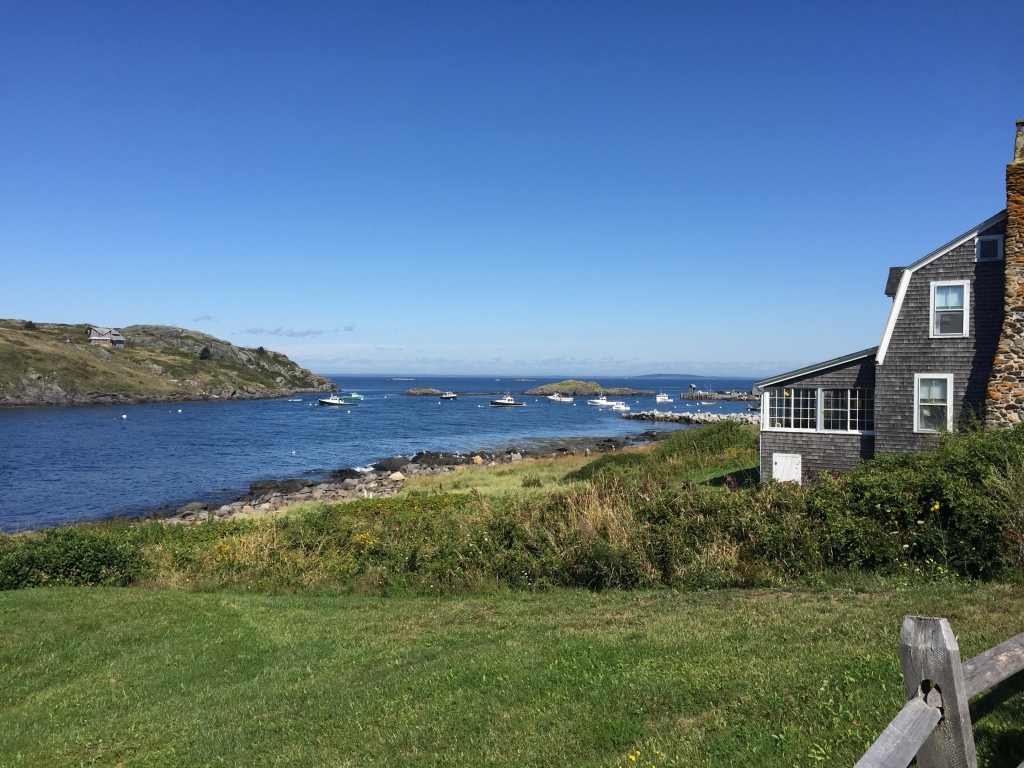
We had barely arrived, when a myriad of Butterflies appeared out of nowhere.
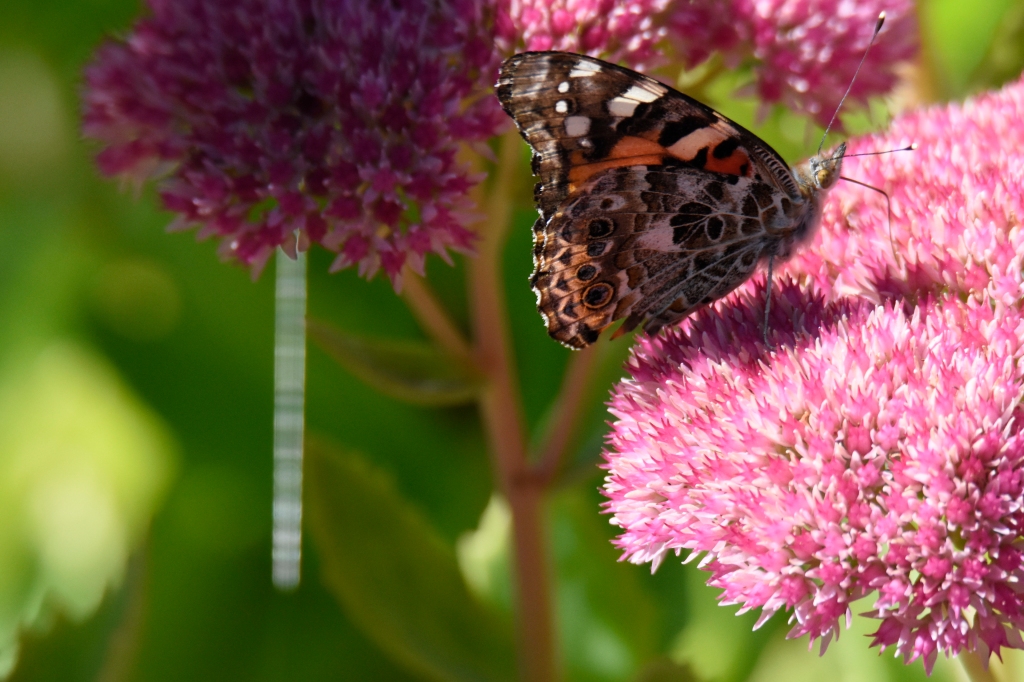

The group disembarked and we sauntered through the quaint “downtown” area of the village, which is pretty much just a dirt road. After checking into our rooms at Monhegan House, little warbling birds began to appear as we walked through a forested area and ended up on the other side of the island, close to a World War II ship wreck. I am now able to identify at least 8 warblers, and I am very proud of this.
This is my first Bay Breasted Warbler, below…
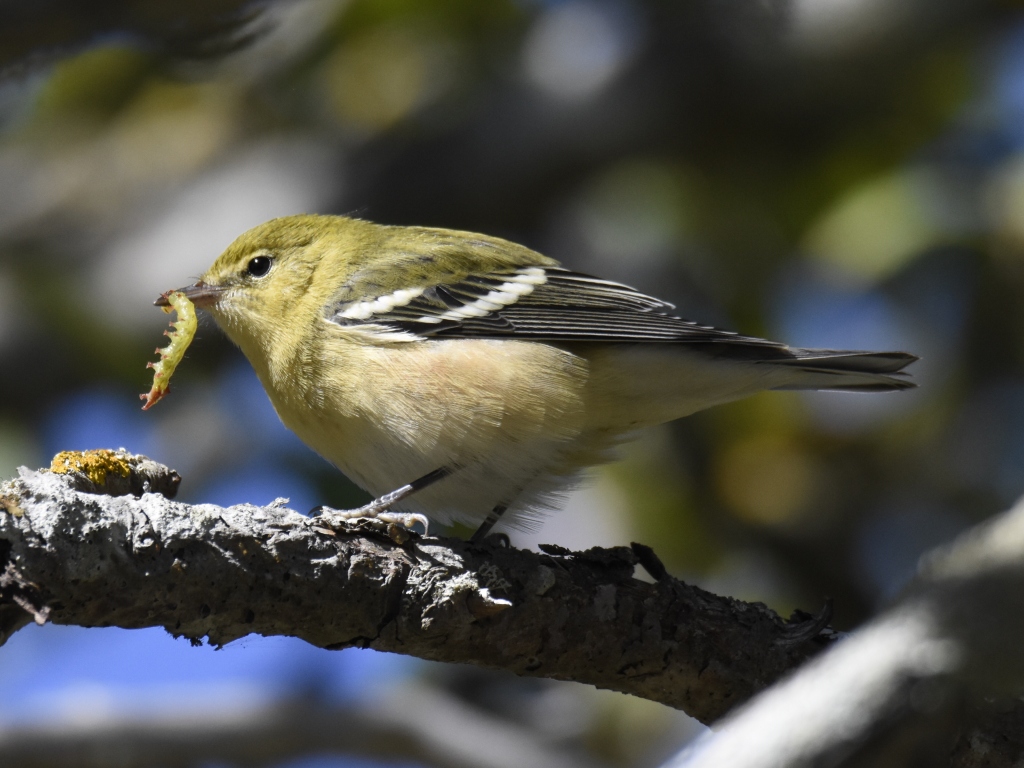
The weather was beautiful that day and Cape May Warblers were everywhere, flying from pine tree to pine tree near the shipwrecked boat. Our group lingered with the warblers a time, because there was so much activity… I could have cared less about the shipwreck, so I stayed with the Cape Mays. These are beautiful, yellow, grey and white birds, stopping for a meal during their journey south. They were migrating down from their summer breeding grounds which extend across most of Southern Canada.

Cape May Warblers, are named after Cape May, New Jersey, where Alexander Wilson first described them. In the fall, most of these beauties head down to the Caribbean where they will spend the winter. According to the Cornell Lab of Ornithology, their numbers may be on the decline because of loss of habitat in the Caribbean islands.


There were also Merlins, one of the predatory birds, migrating. We saw at least 4 of them that first day, circling over Jamie Wyeth’s house, that looks out over the ocean. Too bad he wasn’t there, he could’ve joined us! 🙂

It was late afternoon and we decided it was a good time for a Beer! As Joanne and I were looking for the brewery, we came across this Momma Ring Necked Pheasant and her 3 chicks. The chicks were on the other side of the path, but I was able to snap this shot of the Momma.

After drinking for a time with my new birding buddies, we had a delicious dinner and turned in for the night.
The next day was cold and windy, and the birds had hunkered down. We headed out to Squeaker Cove, where the water ravished the rocks below and the bright orange moss clung delicately to its surface.


As we made our way slowly through the forest, the Fairies made their presence known to us. But you have to walk Very Slowly in order to see them and their houses, or else, you might miss them entirely.

We may not have seen a lot of birds on Saturday, but at least we got to see where the Fairies live!
We started out early on Sunday, and I think it was Bruce who initially spotted this Lark Sparrow, and then Scott found it again. They are still uncommon in New England, but becoming more common. I can now identify about 5 or 6 different species of sparrow. There were 2 of them foraging on the trail.

Climbing up the road towards the Lighthouse, someone in our group spotted this Yellow Crowned Night Heron. I had never seen one before. Lots of new birds for me!

Close to the Lighthouse is a fabulous birding spot, shhh, don’t tell anyone! We saw a female Redstart (the female is yellow),


This Red-eyed Vireo alighted on a branch very close to our group. It must have been 2-3 feet away.
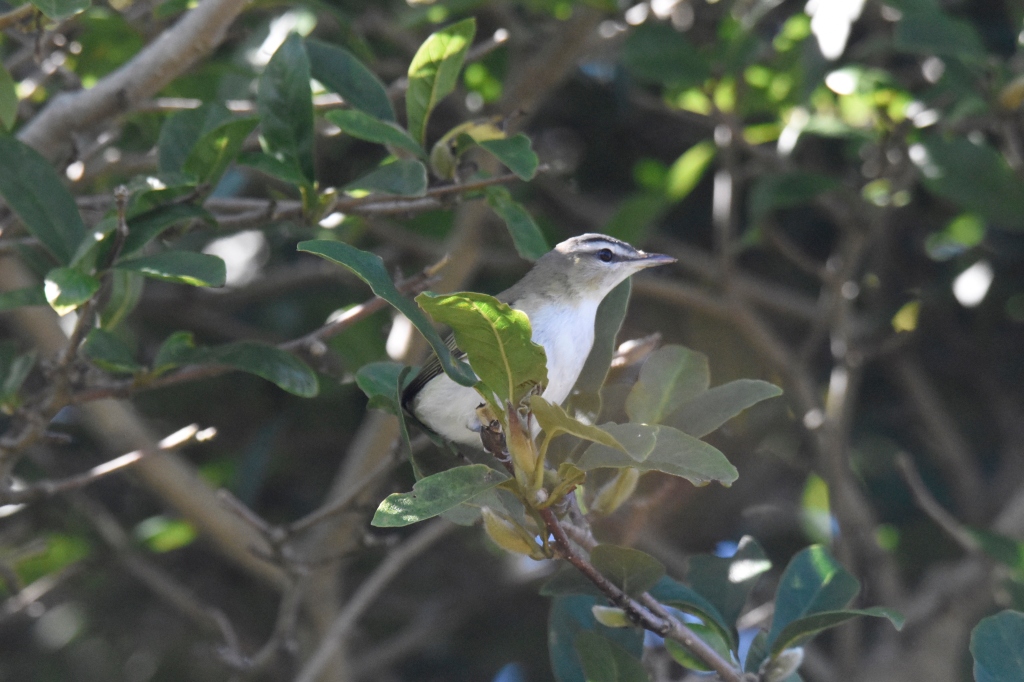
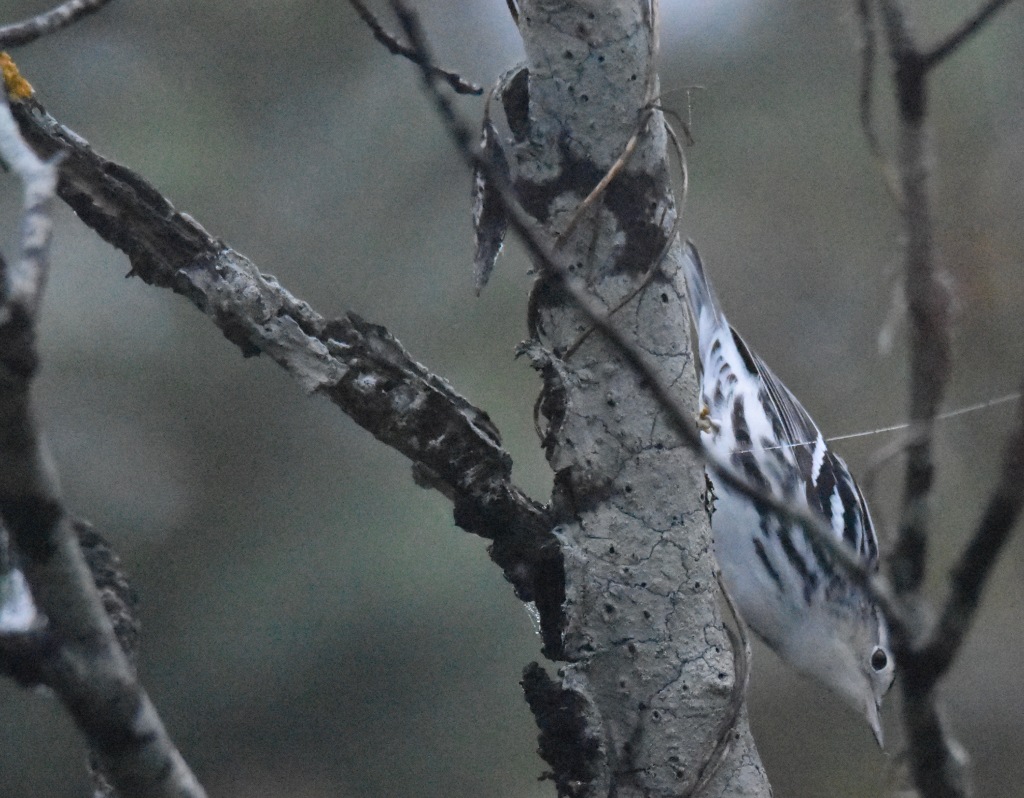
I am definitely going back to Monhegan Island someday. Maybe it will be next spring, when the males are more colorful. What a wonderful trip! I learned to identify more birds and made some new friends along the way. What could be better than that?
Reblogged this on Wolf's Birding and Bonsai Blog.
LikeLiked by 1 person
Amazingly beautiful and clear pictures. Personally I feel you have found your true calling.
Love you Auntie
Sent from my iPhone
>
LikeLike
One of my absolute favorite places! Glad you got to go at an opportune moment for birding.
Hope all is well,
Barbara Silver
LikeLike